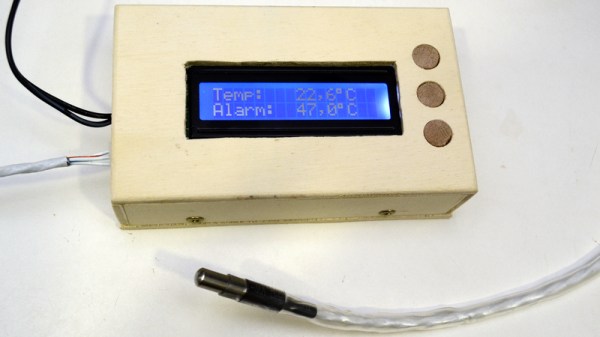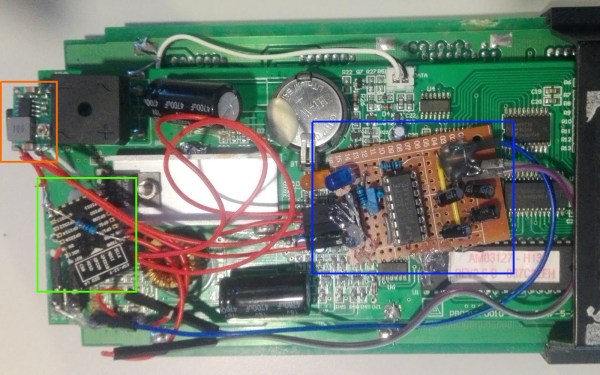What could be better than a holiday ride past the palm trees and blue waters of a Mediterranean resort town? Perhaps making that ride on a long-range electric longboard of your own design will ice that particular cake.
And when we say long range, we mean it – an estimated 25 miles. The only reason [overclocker_kris] couldn’t come up with an exact number in the test drive seen below is that he got too tired to continue after mile 20. With a bit of juice left in the 64-cell battery pack, built from 18650s harvested from old laptops, the board was sure to have another five miles in it. A custom molded underslung carbon fiber enclosure houses the battery pack and electronics, including the receiver for the handheld remote control and the ESCs for the two motors. Motor mounts were fabbed from aluminum and welded to the trucks, with power transmission through timing belts to 3D-printed pulleys. It’s a good-looking build, and topping out at 22 MPH isn’t too shabby either.
We’ve covered fleets of electric longboards before, from those with entirely 3D-printed decks to one with a flexible battery pack. But we doubt any have the endurance and performance of this board.
Continue reading “Long-range Electric Longboard Outlasts Rider”

















